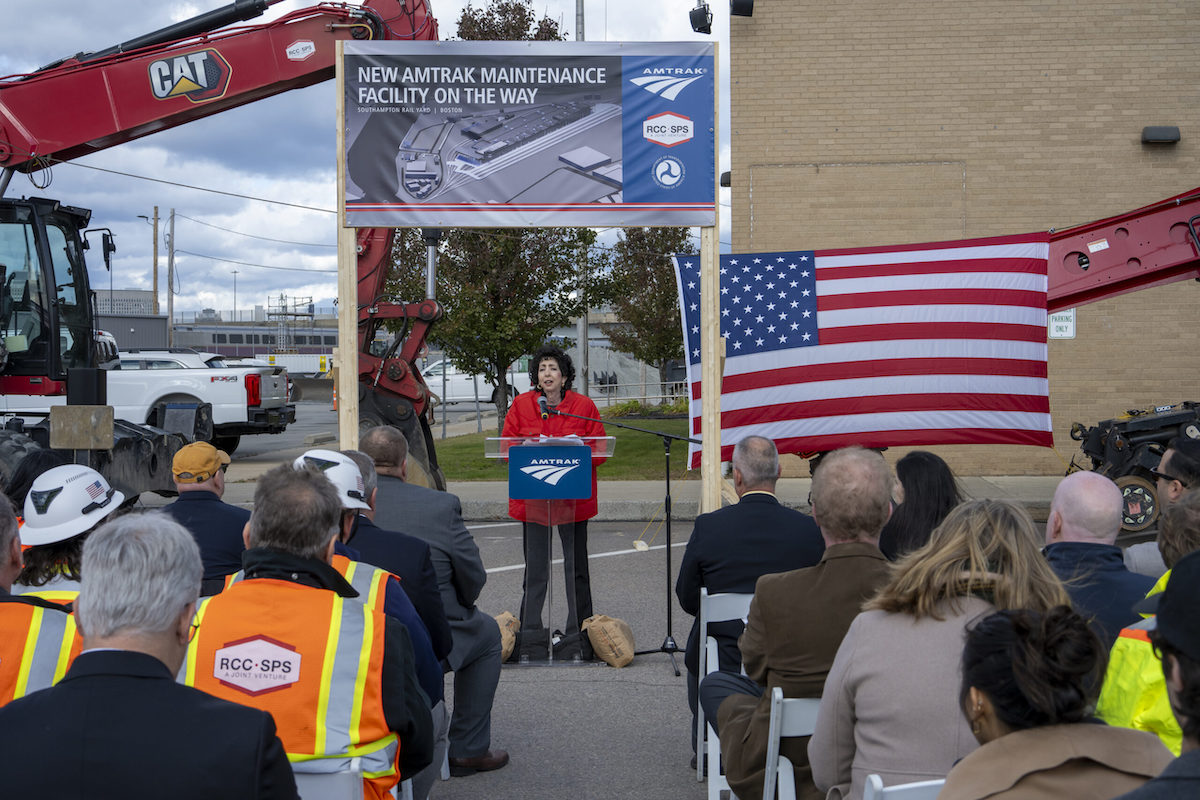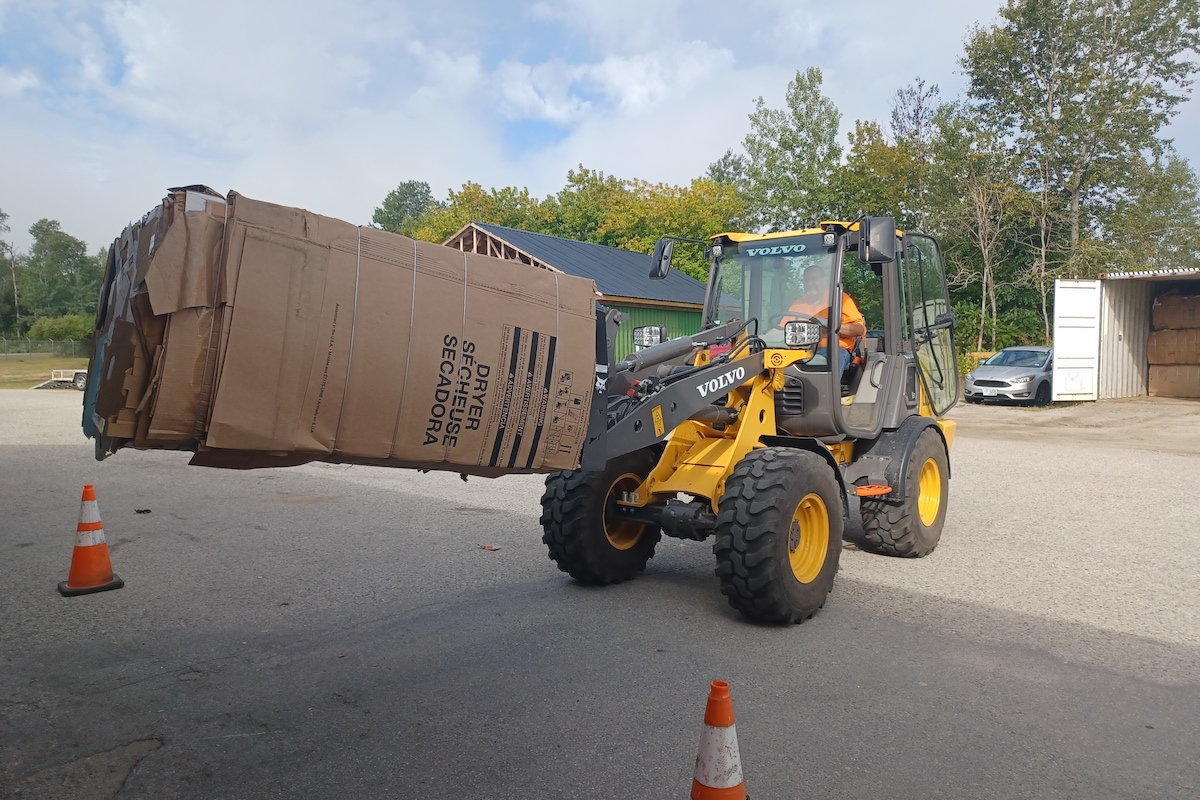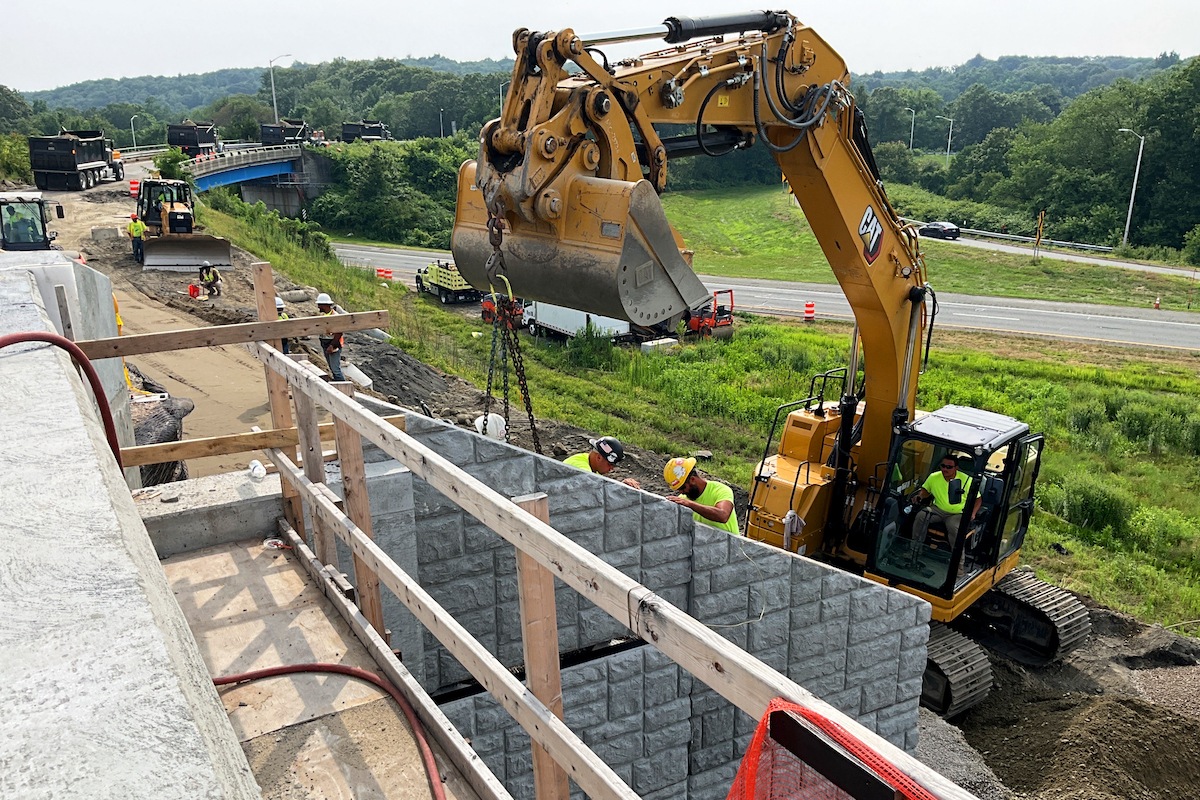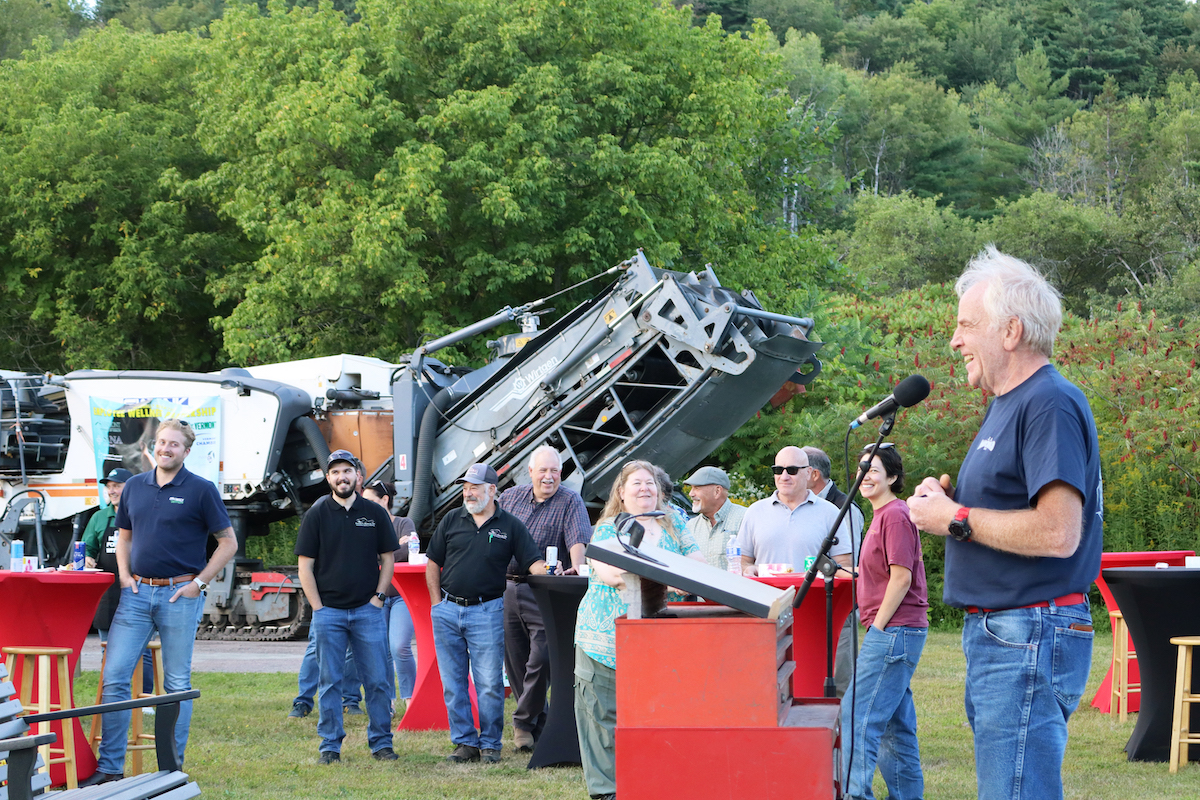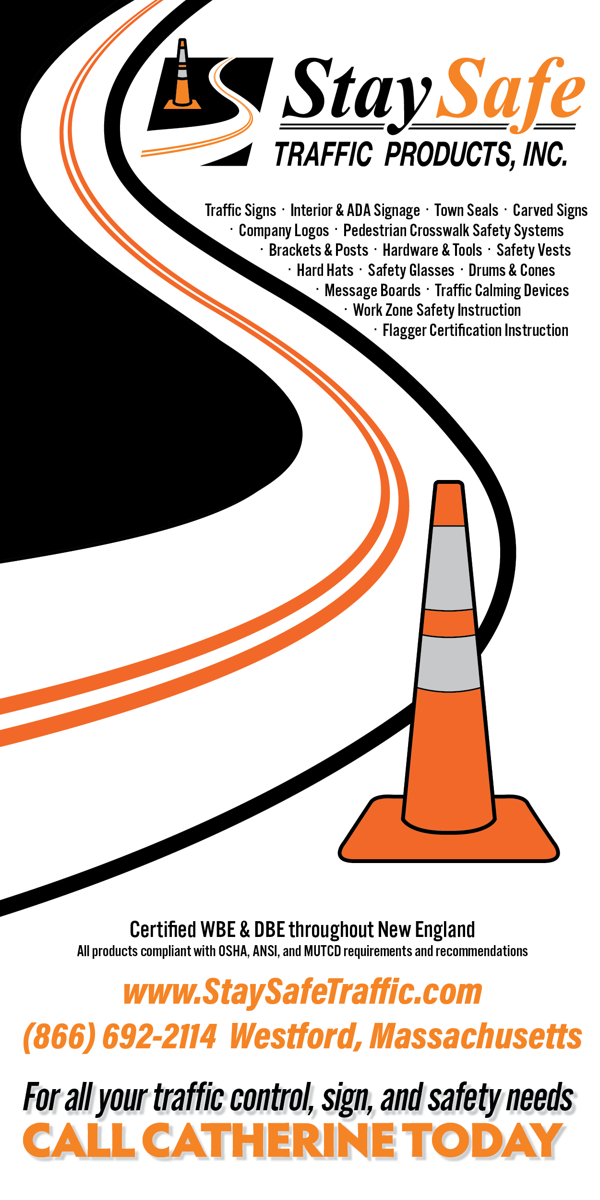Safe, productive workplaces don’t have to happen by accident (or as a result of one). Examining how people perform every day is a good place to start to proactively create a safety-focused workplace.
Ergonomics is the study of people in their workplaces, figuring out how to adapt tasks and develop tools that reduce discomfort and minimize injuries. For example, by making simple changes to repetitive tasks, you can prevent overuse injuries like carpal tunnel syndrome. Adjusting seating positions and posture can avoid strain on your back. Even replacing certain equipment on the job site, like ladders, with alternative solutions can reduce fatigue and strain.
Whether you work seated or standing, following 10 basic ergonomic principles can improve your body’s function and help you accomplish repeatable tasks with greater efficiency, safety, and comfort every day.
Whether you work sitting in a cab or standing and moving throughout the day, it’s important to keep your body in a neutral posture to avoid strain on your back. To achieve that:
- If you work in a seated position, good lumbar support is key.
- When standing still, place one foot on a footrest.
- When you need to lift something, make sure to lift from your legs rather than from your back.
- Try adjusting your equipment or work position to keep your muscles more relaxed.
- Find tools to lighten the load you need to move. For example, use a cart or hoist to move heavy items.
- Make changes to your workflow to lessen the distance you need to travel or the number of items you need to transport.
- Rearrange your area so you’re no longer reaching for frequently used items.
- Adjust your seat and armrests to bring machine controls within reach to reduce fatigue.
- When reaching into boxes or bins, tilt the box or place it on a lower surface before reaching inside.
- Routine work should be done at elbow height whether you’re sitting or standing.
- If you work with heavy tools, adjust your position to work lower than elbow height whenever possible.
- Look for tools to help or find ways to take manual motion out of the task.
- Change your position or the layout of your work area to help you work more ergonomically.
- Change the orientation of your work area.
- Reposition your body.
- Add extenders to your tools.
- Add padding, wear gloves, or choose tools with a cushioned grip.
- Invest in anti-fatigue mats for standing surfaces.
- If you work in a seated position, adjust your seat to give yourself adequate legroom.
- Remove overhead obstructions to avoid bumping your head.
- Have a clear view of what’s going on around you.
- If you sit for a long time, pause what you’re doing once in a while and walk around.
- If you’re on your feet all day, wear supportive footwear and use your breaks to rest.
- If your job is physically demanding on certain parts of your body, stretch before jumping into strenuous tasks.
Pushing, pulling, and lifting heavy items can strain your joints, creating the potential for fatigue or injury. To avoid problems:
Extend your arms and outline a semicircle in front of you. This is your reach envelope; items you use frequently should be inside this semicircle at your workstation. To accommodate your reach envelope:
A work surface that’s too high or too low can strain the back, neck, and shoulders. Keep these tips in mind to avoid injuries:
Manual repetition can cause overuse injuries. Think about the motions you repeat throughout the day and find ways to reduce excessive motion. For example:
Work tasks may require you to hold the same position for an extended period, known as static load. Static load can affect all body parts, such as the legs when standing for a long time or the shoulders when you need to hold your arms overhead for longer than a few seconds. These tasks can make your muscles tired and may eventually cause lasting discomfort even after the task is finished.
Strategies to combat fatigue caused by static load include:
Contact stress occurs when a tool or surface routinely comes into contact with the same area of your body. Sometimes called pressure points, these areas of contact can cause discomfort. To help reduce contact stress:
This principle is very simple: You need to have enough room for your head, knees, and feet. Visibility also matters.
Follow these guidelines no matter where you’re working or what equipment you’re using:
Staying in one position too long — sitting or standing — isn’t healthy for the human body. Take breaks to exercise or stretch your muscles. Use these strategies to avoid fatigue and discomfort:
According to the Centers for Disease Control and Prevention, ladder falls are one of the leading causes of workplace injuries. The use of ladders also increases ergonomic stress on the body and can impede productivity.

| Your local Esco Corporation dealer |
|---|
| Genalco |
To illustrate this, JLG partnered with dorsaVi to evaluate workers’ fatigue while using a ladder. The test used electromyography, or EMG, to measure muscle activity in workers and show how hard their muscles were working. The EMG measured activity on ladders compared to JLG low-level access equipment.
The study discovered that workers using ladders had an EMG signal rating of 82, which is high, whereas using a JLG EcoLift was only 16. That's a big difference. It means you’re less fatigued, at lower risk for injury, and more productive with a low-level access product.
The study also measured how muscular activity is affected when climbing up and down a podium ladder versus ascending to work at height in a low-level access lift. The results showed very little, if any, strain on the subject when using the JLG EcoLift. When using the podium ladder, the subject’s arms, shoulders, and knees were shown to be under strain.
The study also examined the body’s activity during descent. Using a low-level access lift, no strain was observed, yet when the subject descended the podium ladder, the results showed strain on the subject’s knees and back.

| Your local Volvo Construction Equipment dealer |
|---|
| Tyler Equipment |
These results prove that climbing up and down ladders requires a lot of energy and that carrying materials on the ladder constantly strains our muscles. When fatigue sets in, slips, trips, and falls may happen more frequently, leading to injury.
Conversely, the study showed that alternative equipment solutions like low-level access lifts minimize muscle stress and strain when working at heights up to 16 feet.
Applying these 10 principles of ergonomics doesn’t mean you have to limit your ability to get work done or reduce productivity. When implemented correctly, these principles can enhance what you do — and how you do it.


















